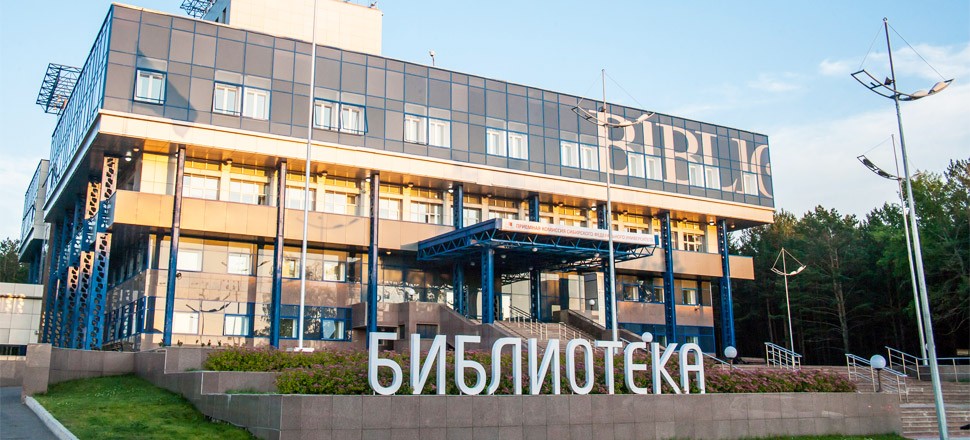Siberian Federal University: Researches Come Up with Simulation Model for Solving Problems of Navigation Support for Small Satellite Constellation
Researchers of Siberian Federal University have developed a simulation model for studying methods of mutual high-precision navigation of small spacecraft within a small multi-constellation. The results of the research will allow improving the parameters of the receiving information for solving the problems of remote sensing of Earth.
Small spacecraft are increasingly used for Earth remote sensing, they are applied in mapping and climate studying, play a prominent role in environmental and fires monitoring, and also track illegal dumps.
‘Small spacecraft can form so-called clusters. If we draw an analogy with the world of biological beings, this collaboration is a bit like a swarm of bees, in which individuals can simultaneously perform some tasks, obeying a common goal. Spacecraft also need to coordinate with each other, without creating mutual obstacles, and exchange information. The characteristics of cluster devices differ significantly from the characteristics of individual ones, and the cluster configuration must be periodically changed, depending on the goal. Computer simulation of the composition and navigation parameters of the cluster constellation of small spacecraft makes it possible to choose possible options for solving a navigation problem,’ says Denis Kapulin, deputy head of Specialized Department of Information Technologies in Radio Engineering Production, Siberian Federal University.
The researchers developed a computer model of the onboard navigation system of a small spacecraft together with leading specialists of the SibFU Military School and Reshetnev Information Satellite Systems.
To form a cluster constellation in orbit, small spacecraft toned to automatically control their positions, i. e., maintain and change distance, spatial orientation, and speed relative to each other. Also, each of them should be able to act as a leading spacecraft in turn, so that other spacecraft could form a constellation around it. The researchers from the Military School developed the methodological basis for solving this problem. In particular, they proposed methods of goniometric navigation determinations for high-precision navigation of small spacecraft relative to each other. Whereas, the researchers from the School of Space and Information Technologies (SibFU) have come up with software checking the adequacy of the proposed methods.
‘The two navigation receivers acting as simulators of onboard navigation systems for small spacecraft, simulate the behaviour of such devices in a cluster, that is, relative to each other. With the help of the computer, we monitor their interactions: are they able to measure relative coordinates, angles of spatial orientation and speed, implement the algorithms laid down by the developers? In general, we check if their behaviour meets the technical requirements,’ explained Denis Kapulin.
In the future, the obtained simulation results will be used in the development of an architecture of an onboard navigation system of a small spacecraft. This system is to provide high-precision measurements of the relative position and spatial orientation as part of a multi-satellite constellation of Earth remote sensing.

